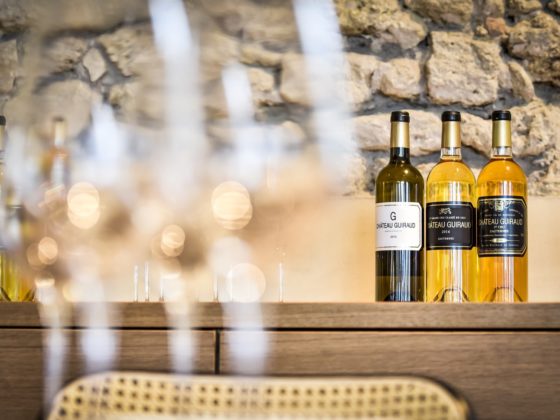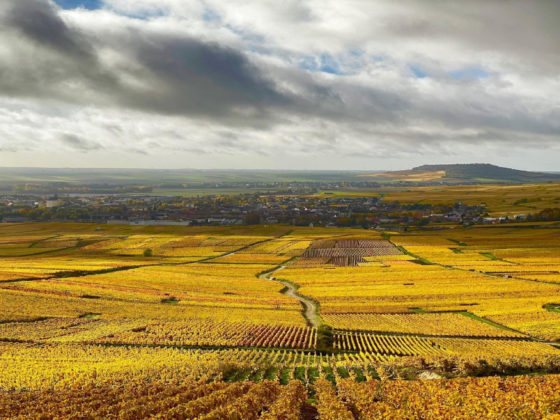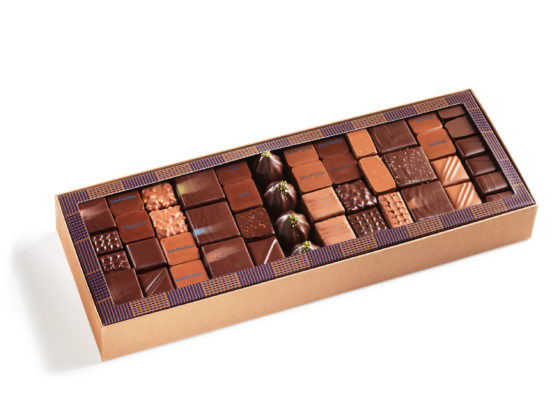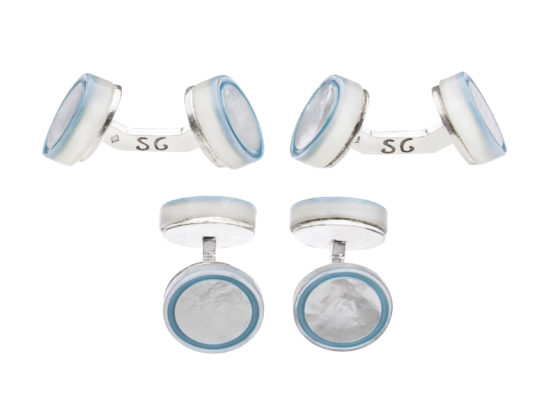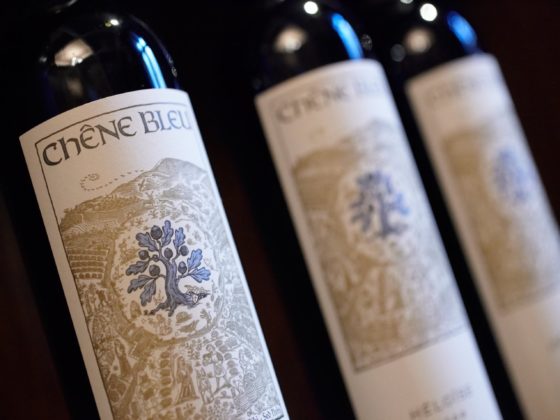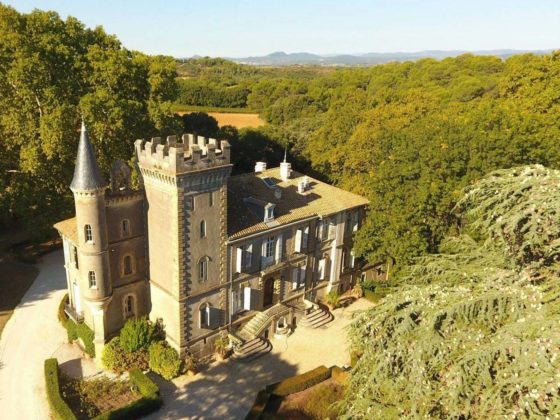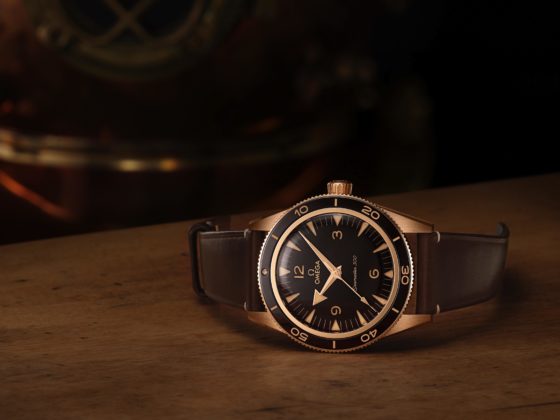Located in Provence, the Brun de Vian-Tiran family woolen factory perpetuates a secular know-how of more than two centuries. It selects rare fibers and transforms them into precious fabrics. Reportage.
By Carine Loeillet
“Passing on is not simply passing on the baton. You can’t pass it on without an invention or a profound transformation.” So says the eighth generation at the helm of the Brun de Vian-Tiran family business, represented by Jean-Louis Brun, who co-manages the Provencal company with his father Pierre. “Passing on does not mean freezing,” continues Jean-Louis Brun. Tradition does not mean doing things the same way as before. The wool itself must be transformed, revealed. It is a matter of translating, interpreting, like a pianist in front of a score”.
The Brun de Vian-Tiran family name is the association of three families, three wool companies located in Isle-sur-la-Sorgue, a city that once represented the terminal of the silk route. One hundred and ten years later, this one-of-a-kind manufactory retains its family heritage and traditional know-how, but also the particularity that makes it always one step ahead of its colleagues: the quest for the exceptional, the cult of rarity.

Luxury products certainly, but above all by the care that has been taken in their development. “The fibers are all different, we are faced with the singularities of nature and our role is to transform them,” explains Jean-Louis Brun. Trained as an AgroParisTech engineer and oenologist, then holding a doctorate in cognitive sciences, he chose to join his father Pierre at the head of the family business. A duo of a rare elegance, also capable of moving mountains. After seven years of research and 30 years of collaboration with the region’s breeders, Pierre Brun has brought back to life the Mérinos d’Arles Antique, one of the most beautiful wools in France. He is also the one who, in 20 years, has developed an exclusive metallic thistle to replace the natural thistle, which is no longer available. A thistle essential to the last stage of manufacturing the famous Mohair blanket, invented by Pierre’s father in the 1960s and still unmatched.
Après un tel héritage, Jean-Louis a creusé son sillon en privilégiant la recherche des fibres nobles et toisons rares en provenance d’une vingtaine de régions du globe : cachemire, cashgora, alpaca, chameau, mohair, lama, yack, yangir. He even went to Mongolia, in the steppe of Khomyn Tal, to bring back a wool of baby camels with a unique fineness and touch.
Jean-Louis Brun is also behind the La Filaventure museum, which opened in July 2018 in Isle-sur-la-Sorgue and showcases these noble fibers to the general public. Located in a wing of the factory buildings and designed by the Abaque agency, the museum overlooks the first Brun de Vian-Tiran boutique, designed by the stylist duo Elizabeth Leriche and Muriel Vidaillac.
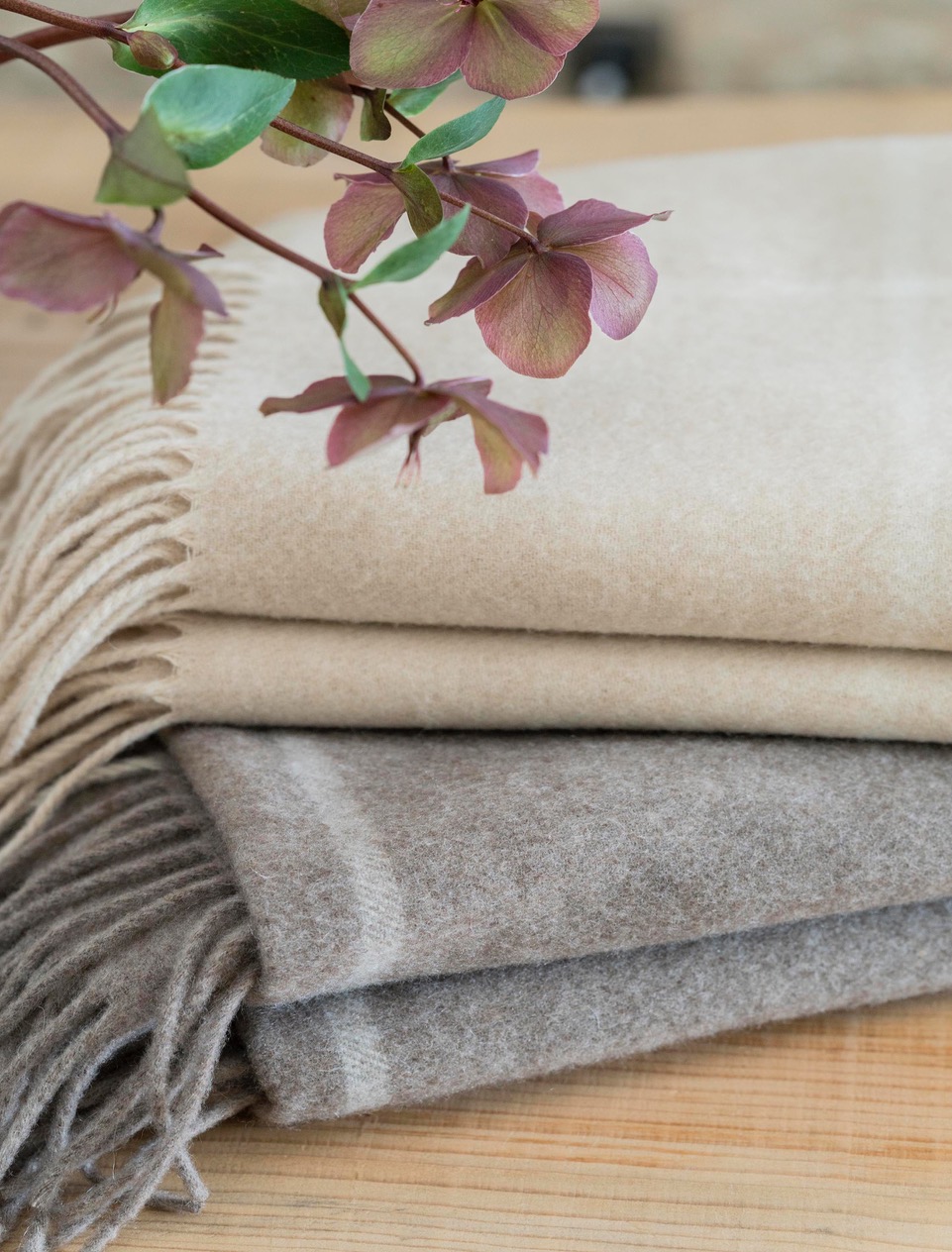
At every stage of the transformation of these buildings, father and son have paid attention to every detail, just as they leave nothing to chance in the workshops. They know at their fingertips each of the fifteen steps necessary to make a fabric, whether it’s a blanket, a scarf, a plaid or a rug.
The factory covers more than one hectare, in the heart of the city. Nearly fifty wool craftsmen work there to transform the fiber into fabric: assembly, sizing, dyeing, carding, spinning, winding, warping, weaving, pinching, fulling, washing, chardonning, stenting, dry finishing, making up.
So many crafts to make a rectangle of fabric that, in the end, will take the shape we want to give it. “We only sell sweetness,” explains Pierre Brun. While for his son Jean-Louis, the fabric represents “a transitional object that has two sides: one for the well-being (for oneself), the other for the appearance (the relationship to the world).” In short, a simple woolen to reassure us in our relationship to the world.





